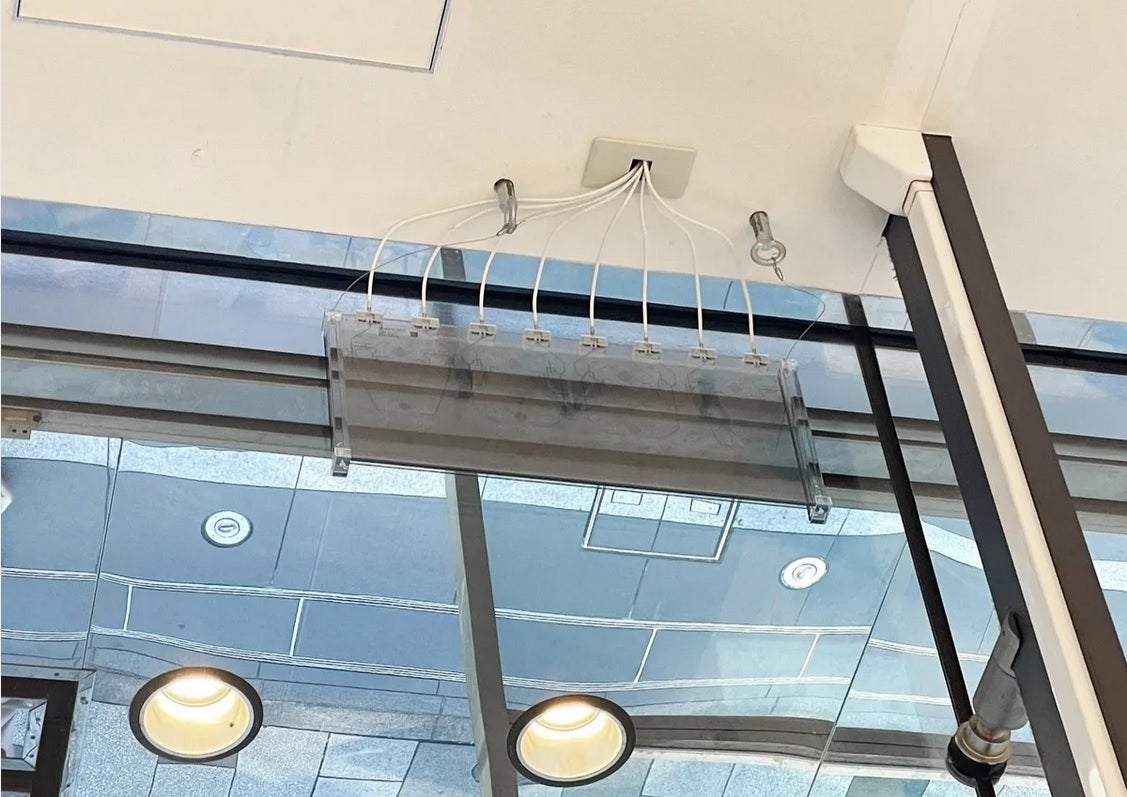Converting glass windows into 5G channels requires the use of a glass antenna


Using a glass antenna turns a glass window into a 5G base. | Image credit-IEEE Spectrum
It was last month when JTower, a Japanese telecommunications company, announced that it had installed a glass antenna made by AGC. The latter is the largest glass manufacturing company in the world. Japanese wireless provider NTT Docomo was also involved and the first glass antenna was installed in a window in Tokyo’s Shinjuku district.
“I don’t think that the idea of using transparent conductive material as an antenna existed before. The durability of the antenna was greatly increased by placing the conductive material between the glass” – Kentaro Oka, AGC
Shota Ochiai, marketing manager at glass manufacturer AGC, said that the glass antenna is “the world’s first antenna that turns a window into a base station that can be attached to a building’s window from the inside and change the area of ts service without destroying the cityscape or the exterior of the building.” In other words, the 5G base station can be replaced by a window that is part of the building. This allows the area to be used as a 5G network without damaging the beauty of the city or lowering the quality of the buildings in the area.
A base station is made up of an antenna and a wireless transceiver and there are 860,000 of them in Japan on buildings, towers and utility poles. The glass antenna uses clear conductive materials as well as clear conductive resin. The materials are sandwiched between two sheets of glass. The thickness of the glass antenna can be adjusted according to any signal loss or signal reflection. AGC’s Ochiai said: “The glass antenna uses our technology to correct the interference in the direction of the radio waves as they pass through the window.”
The glass antenna is optimized for signals in the C-band, suitable for Verizon and AT&T
The product is called a WAVEANTENNA and it is installed on top of the hidden window above or next to the windows. The cables will be seen but it is still an improvement to find a place to put the 5G base station. The WAVEANTENNA works with 5G signals in the sub-6GHz band which includes the low and medium frequencies favored by US wireless providers these days.
AGC says the antenna has been optimized for use with signals in the 3.7GHz to 4.5GHz range. That is roughly the same as the 3.7GHz-4.2GHz range of the C-band mid-band spectrum favored by Verizon and AT&T. T-Mobile it still relies on a large portion of the 2.5GHz mid-band spectrum it acquired from the Sprint acquisition.
If the technology can be widely used, it should be able to improve the performance of 5G significantly in urban areas where it is not easy to find places to place stations. In addition, using a WAVEANTENNA makes it easy for the appropriate installation height to be used.
The new technology can affect the top companies involved in the production of 5G channels such as Samsung Electronics, Huawei, LM Ericsson, Intel, Nokia, Qualcomm, ZTE, and NEC.
#technology #turns #glass #windows #hotspots #improve #security